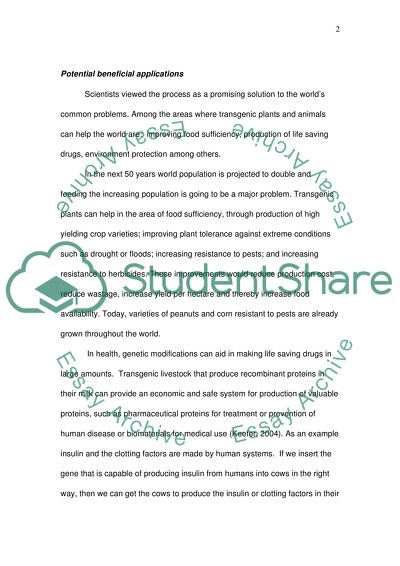Cite this document
(“Transgenic Plants and Animals Essay Example | Topics and Well Written Essays - 1000 words”, n.d.)
Retrieved from https://studentshare.org/biology/1517389-transgenic-plants-and-animals
Retrieved from https://studentshare.org/biology/1517389-transgenic-plants-and-animals
(Transgenic Plants and Animals Essay Example | Topics and Well Written Essays - 1000 Words)
https://studentshare.org/biology/1517389-transgenic-plants-and-animals.
https://studentshare.org/biology/1517389-transgenic-plants-and-animals.
“Transgenic Plants and Animals Essay Example | Topics and Well Written Essays - 1000 Words”, n.d. https://studentshare.org/biology/1517389-transgenic-plants-and-animals.


